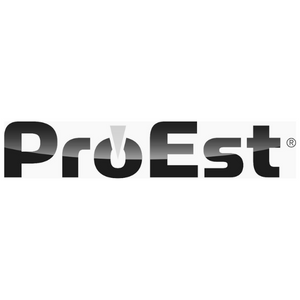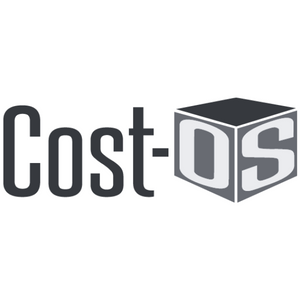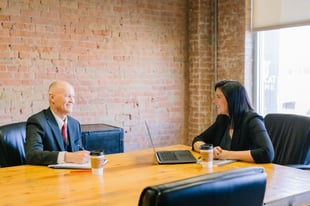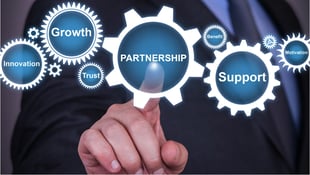3 Reasons to Build Green
Did you know that April is National Keep America Beautiful Month? Don’t feel too bad if you didn’t—let’s face it, it’s hard enough remembering even the major holidays. As it turns out, Keep America Beautiful Month is a campaign with its roots in the upheaval of the 1960s.
The History Behind Going Green
 Texans have Lady Bird Johnson to thank for their abundance of roadside bluebonnets. (Photo courtesy of Andy’s Travel blog.)
Texans have Lady Bird Johnson to thank for their abundance of roadside bluebonnets. (Photo courtesy of Andy’s Travel blog.)While it was originally founded due to concern around increasing amounts of trash found near scenic highways, Keep America Beautiful really took off the ‘60s due to the renewed interest in moving away from industrialization and back toward a more rustic/agrarian lifestyle. Keep America Beautiful was spurred on in large part by Lady Bird Johnson, the wife of President Lyndon B. Johnson, who first joined the campaign by promoting highway beautification. This was an initiative that encouraged Americans to make an active effort not to leave litter on roadsides, as well as to pick up any trash they saw during their travels. Since then, the Keep America Beautiful campaign has continued to diversify by starting initiatives for encouraging recycling, teaching people how to honor and maintain the (often fragile) ecosystems of public lands and helping them learn how to improve their communities by building urban gardens or cleaning up local parks and trails.
“The desire for environmentally friendly and sustainable practices that emerged in the sixties has evolved into major demand in the most recent decade.”
The desire for environmentally friendly and sustainable practices that emerged in the sixties has evolved into major demand in the most recent decade. As a result, the heart behind the Keep America Beautiful campaign has expanded far beyond simply keeping highways clean. Today, keeping our country beautiful can look like anything from making your own laundry detergent, which reduces plastic waste, to companies dedicated to minimizing their carbon footprint. Just take a look at Amazon—they’re so invested in sustainability that they’ve set an ambitious goal to have zero carbon footprint by 2040.
You can’t go to a grocery store, click through shops online, or even scroll social media without being inundated with buzzwords like “locally sourced,” “ethically made,” “GMO-free,” “biodegradable,” “don’t throw away-recyclable.” Apartments offer composting services to their residents. Cities pass plastic bag bans. Coffee shops invent new lids that encourage customers not to use straws and offer straws made from compostable material like bamboo.
The Emergence of LEED certification
What does this have to do with the construction industry? It should come as no surprise that in the past several years, green construction projects are multiplying by the dozens. Consumers are deeply invested in occupying spaces that run as sustainably as possible. And as a result, so are project owners. This is a huge part of why LEED certification has become increasingly popular. LEED certification, also known as Leadership in Energy and Environmental Design, was developed in the 1990s by the U.S. Green Building Council to provide standardization for the construction of environmentally conscious neighborhoods, buildings, and houses. Currently, both contractors and individual employees can attain LEED certification. The USGBC reports that almost 61% of corporate leaders feel that a LEED-certified status gives them an edge over their competitors. Additionally, the USGBC also notes that green apartment buildings have a 4% lower vacancy rate than non-green properties.
These aren’t the only reasons general contractors are pursuing sustainable building practices. At Beck Technology, we pride ourselves on fostering a spirit of innovation. We also pride ourselves on partnering with general contractors in the industry who show a similar spirit of innovation by paving the way for their peers in new technology, designs, and methods.
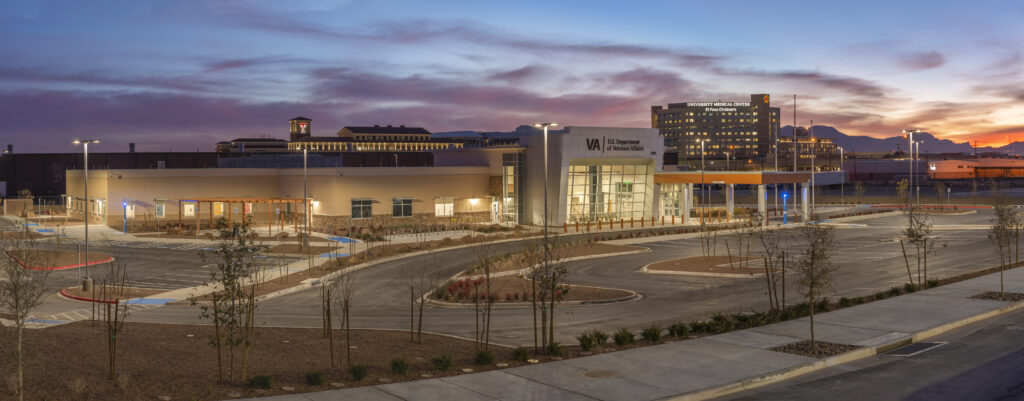 The South Central VA Wellness Center in El Paso, Texas was awarded a Two Green Globes rating by the Green Building Initiative for resource efficiency and reduction of environmental impacts. The facility was designed by Goodwyn Mills Cawood, with MCA Revere Realty as the developer and Jordan Foster Construction as the general contractor. Photo courtesy of Goodwyn Mills Cawood
The South Central VA Wellness Center in El Paso, Texas was awarded a Two Green Globes rating by the Green Building Initiative for resource efficiency and reduction of environmental impacts. The facility was designed by Goodwyn Mills Cawood, with MCA Revere Realty as the developer and Jordan Foster Construction as the general contractor. Photo courtesy of Goodwyn Mills CawoodWhat Are The Benefits of Green Building?
We want to highlight some of the most compelling reasons for construction companies to embrace green initiatives.
- Benefits companies financially
- Increases talent attraction & retention
- Gives back to surrounding communities
Benefits Companies Financially
Believe it or not, taking on an LEED project can actually be a net gain for a contractor. Because the federal government wants contractors to build more green projects, there are a lot of financial incentives available, including zoning allowances and tax rebates. Additionally, LEED certification often means that a contractor can avoid financial hits like waivers, fees, and audits. One example? In Seattle, LEED buildings are exempted from the energy audits that the city otherwise requires.
“Going green” isn’t just good for contractors. It’s usually a gain for project owners too, since these buildings tend to lease up more quickly than non-green buildings. Green buildings also frequently have lower insurance premiums.
Increases Talent Attraction and Retention
We mentioned earlier that one of the biggest draws of going green is the chance to stand out from competitors. And while it’s important that your potential clients can differentiate you from the ten other contractors down the street, it’s equally as important that the people you want working for you see you as a leader in your industry. New talent, especially those who have just graduated, want to join companies who embrace the future and who don’t keep do things “because that’s how we’ve always done them.” LEED certification is still relatively young. By showing that you’re interested in how to make projects both successful and sustainable, you’re showing potential hires that you’re willing to innovate and experiment, even if you might be some of the first ones to do it.
Gives Back to Surrounding Communities
Finally, investing in sustainable projects and eco-conscious building practices has an even bigger payoff: improving the lives of the communities we work in. Buildings have a massive impact on everyone around them, even people who may not be using that building. In the past, pollution and waste have significantly harmed the nearby communities, making water undrinkable or destroying outdoor spaces that were used for socialization and exercise.
But new construction starts don’t have to be inherently destructive. By embracing more environmentally friendly practices, contractors can do more than just avoid causing damage. They can improve the lives of the people who will be impacted by the building.
At the end of the day, going green isn’t just about virtue-signaling or honoring a campaign every year. It has real, measurable benefits for both the builder and the consumer.

-1.png?width=112&height=112&name=image%20(4)-1.png)









